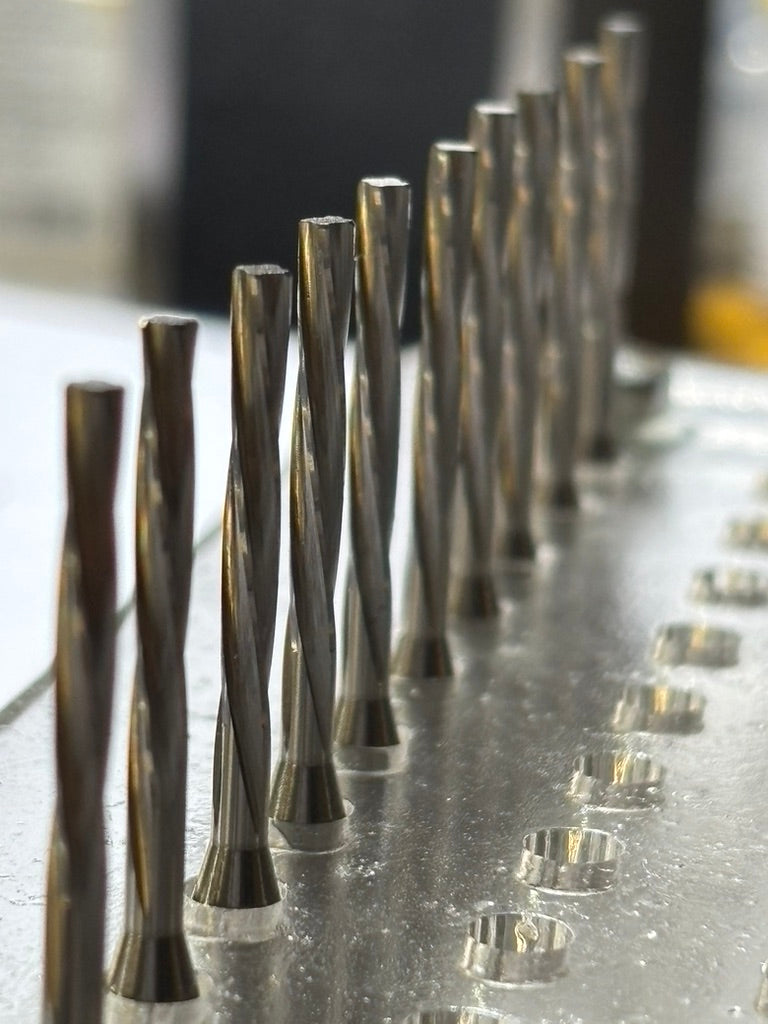
Straight vs. Left vs. Right Spiral Flute Reamers: Choosing the Right Tool for the Job
Share
When it comes to reaming, selecting the appropriate reamer geometry is crucial to achieving the desired results. The best reamer geometry for you will depend on your specific needs and requirements. Let's explore the different options available to help you make an informed decision.
What is the Best Reamer Geometry for Blind Holes?
If you are reaming a blind hole, a right-hand spiral reamer is a good choice. The right-hand spiral design helps to push the chips forward, away from the cutting edge, preventing chip buildup and ensuring a smooth reaming process. This type of reamer is ideal for creating precise and clean holes in blind applications.
What is the Best Reamer Geometry for Through Holes?
On the other hand, if you are reaming a through hole, a left-hand spiral reamer is the way to go. The left-hand spiral configuration is designed to pull the chips out of the hole, minimizing the risk of chip congestion and promoting efficient chip evacuation. This type of reamer is well-suited for applications where chips need to be cleared effectively during the reaming process.
What is the Best Reamer Geometry for Softer Materials?
When reaming softer materials, such as aluminum or plastics, a straight flute reamer is a recommended choice. The straight flute design provides excellent cutting action and chip removal in softer materials, helping to prevent material distortion and achieve smooth, accurate holes. This type of reamer is specifically tailored to handle the unique characteristics of softer workpieces.
By understanding the specific requirements of your reaming application, you can select the most suitable reamer geometry to optimize performance and achieve the desired outcomes. Whether you are working on blind holes, through holes, or softer materials, choosing the right reamer geometry is essential for achieving precision and efficiency in your machining operations.






